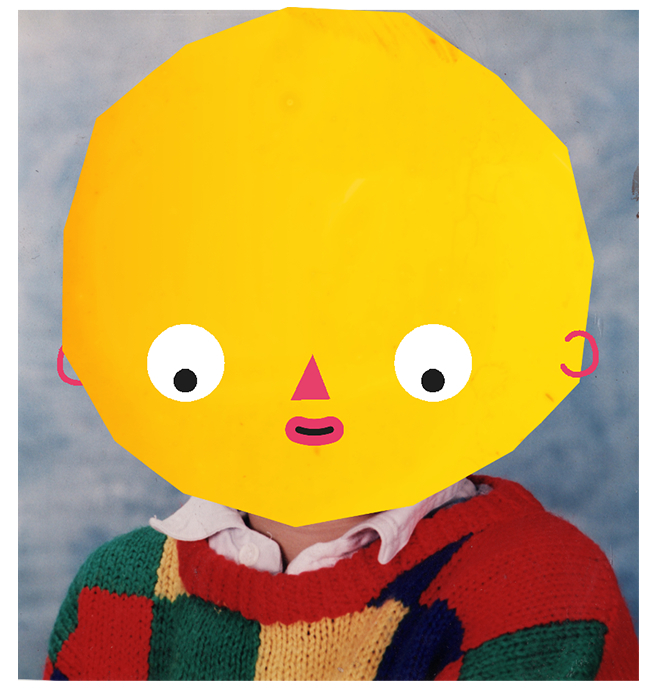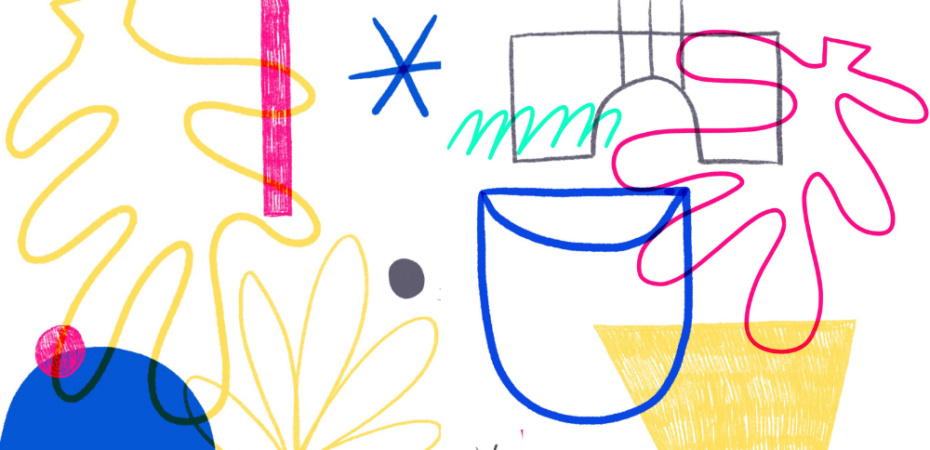
In this post, Dan Castro highlights his PhD research on ‘Plorking’ and shares his experience plorking at the Learning and Teaching conference↗️. Dan Castro, Lecturer in Animation in the School of Design↗️, Edinburgh College of Art, invites us to trust in our own and our students’ playfulness, as we work and learn together. This post belongs to the July-August Learning & Teaching Enhancement theme: Learning and Teaching Conference 2023↗️.
We need to talk about plork. You possibly already plork. You probably encourage your students to plork. At the Learning and Teaching conference↗️, people were plorking all over the place. I plorked at the LEGO Serious Play workshop; I team-plorked a board game about PhD completion in Steve Kirkwood’s fantastic, frenetic workshop. Barbara Becnel is a plorkful renegade, and all the poster presenters had to plork their ideas in 60 seconds. Alright maybe I’ve pushed that to its limits now. You potentially just don’t know it. Yet!
Plork has become the central part of my practice-based PhD research, where through my artistic and pedagogical practices I seek to explore the extent to which plork can be a productive, playful methodology for animation practice and pedagogy. But I also believe that the advantages of plork extend far beyond the realms of animation, and are relevant to educators, businesses and, frankly, anyone. What was so interesting to me was that the Learning and Teaching conference was full of unknowing discussions about plork; about engaging students, creating environments for learning, about storytelling and better ways of teaching and learning.
Plork is a term first used by artist and educator Corita to describe “the joy we feel when play and work are one” (Kent and Steward 1992, p159). For Corita, plork meant approaching work – that is, the making of pieces of art (artworks) – through the lens of play – an exploratory, inquisitive, curious way of looking at things, free of the fear of failing. In essence, it was about taking pleasure from the processes of making something, but still making something.
Corita looked at plork as a way of combining play and work. But the thing about plork is, for me at least, it reaches further than ‘play’. Academically speaking, play is a weighty, mercurial subject, where “almost anything can occur within its boundaries” (McCannell, 1967 in Sutton-Smith 1997 p3). As I have found in my research, whilst play can be found to have many similarities across its forms, defining play is nigh-on impossible (De Koven, 2017). So much so that play scholar Bernard De Koven described his belief that perhaps we should stop trying to define play, and instead reflect on experiences which were, for the individual, undoubtedly playful (ibid.). This falls in line with John Dewey’s long standing belief that playfulness is significantly more important than play (Dewey 1910). Playfulness facilitates divergent thinking, encourages creativity, increases pleasure and engagement (Costello 2018; Dirkes 1978; Guilford 1956; Runco 2004). Playfulness allows one to engage. Playfulness, therefore, needs to be a priority for teaching in Higher Education. But not playfulness without purpose, for that way lies chaos; playfulness with a specific focus on work. Playful work. Plork.
Plork, by the way, is particularly important to my specific area of practice: animation. Animation is a medium which only exists through the playful experimentation of early artists such as J Stuart Blackton and Winsor McCay pushing the boundaries of the “conventional art forms from which it emerged or with which it coexisted” (Power 2012 p28) – the fine arts, design, cinema. Only through the playful “process of manipulating the capacities of something…working within the constraints and limitations it provides” (Bogost 2017) does animation exist; it is a medium born of playful work. Of plork.
“It seems clear to me then that one way to answer one of the questions that repeatedly came up at the conference – “how can I increase student engagement?” – is to invoke and inspire playfulness – and, consequently, plork”.
As several of the workshops demonstrated, the utilisation of play and/or games in a learning setting encourages fun and engagement. The trickier thing is encouraging playfulness. De Koven believed that playfulness is, essentially, educated out of us (2014). We are told that play is the reward for the work, not that playfulness is the work, or indeed can produce the work. And once it’s subdued, through culture, upbringing, nervousness, societal shifts, playfulness is notorious difficult to re-invigorate:
“In reality, play activities can be taught but playfulness is a state of mind and as such, cannot be taught or learned in the ordinary sense of those words. It takes time and skill to foster playfulness” (Youell 2008 p124)
What we as educators can do, however, is set the stage. As Rikke Nørgård et al demonstrate in their signature pedagogy for playful learning in HE [fig 1.], playfulness is the implicit, foundational structures which “embody the nature of playfulness” Nørgård et al 2017, p277) from which the ability to learn and teach through play arises. So in order for students to play, we must first provide them with the environment, beliefs and morals of these structures.

Figure 1: Nørgård et al’s ‘signature pedagogy’ (2017)
There is no short, bloggable strategy for this. It needs to happen in the studios or classrooms, and to be properly utilised it needs to happen at an institutional level. But it also needs to happen on an individual one. Reflecting on my own practice, I’m struck by one of the throwaway comments that was made in one of the keynotes: that we need to be role models. Taking this to heart, in order to encourage my students to trust their own playfulness, I need to do the same: to trust mine, and trust theirs; to demonstrate through my own practice the importance, relevance, and usefulness of plork, before encouraging them to do the same.
You can watch Dan’s Conference presentation: Are We Having Fun Yet? – Creative play, practice and pedagogy, on the video below:
References
BOGOST, I. 2017. Play Anything. Chicago Humanities Festival. Chicago Humanities Festival.
COSTELLO, B. 2007. A Pleasure Framework. Leonardo, 40, 370-371.
DE KOVEN, B. L. 2014. A Playful Path. ETC Press 2014.
DE KOVEN, B. L. 2017. Defining Playfulness Or Not. Psychology Today [Online]. Available from: https://www.psychologytoday.com/us/blog/having-fun/201708/defining-playfulness [Accessed 31-01-2022 2022].
DIRKES, M. 1978. The role of divergent production in the learning process. American Psychologist, 33, 815-820.
GUILFORD, J. P. 1956. The structure of intellect. Psycholoical Bulletin, 53, 267-293.
NØRGÅRD, R. T., TOFT-NIELSEN, C. & WHITTON, N. 2017. Playful learning in higher education: developing a signature pedagogy. International Journal of Play, 6, 272-282.
RUNCO, M. A. 2004. Creativity. Annual Review of Psychology, 55, 657-687.
SUTTON-SMITH, B. 1997. The ambiguity of play, Cambridge, Mass. ; London, Harvard University Press.
 Dan Castro
Dan Castro
Dan Castro is a Lecturer in Animation in the School of Design, Edinburgh College of Art. He is also a practicing animator and designer with his studio Castro & Friends, and a PhD candidate focussing on playfulness and plork as methodologies to develop exciting new animations – and animators. He once ranked 51st at the World Stone Skimming Championships and is taller than you, probably.
Instagram: @worldofcastro↗️ / @plork.fun↗️
Research blog: www.plork.fun↗️
Animation work: www.castroandfriends.co.uk↗️


